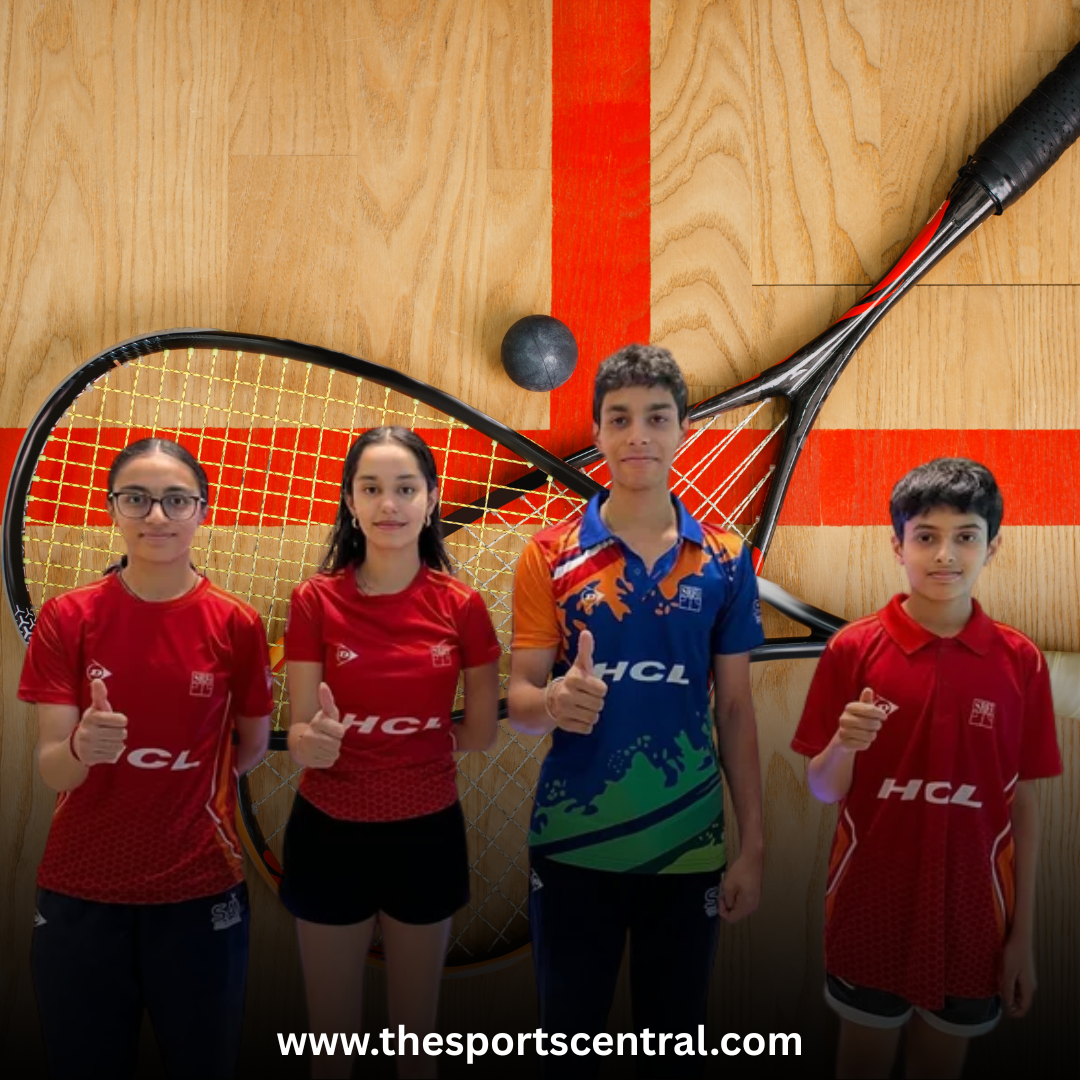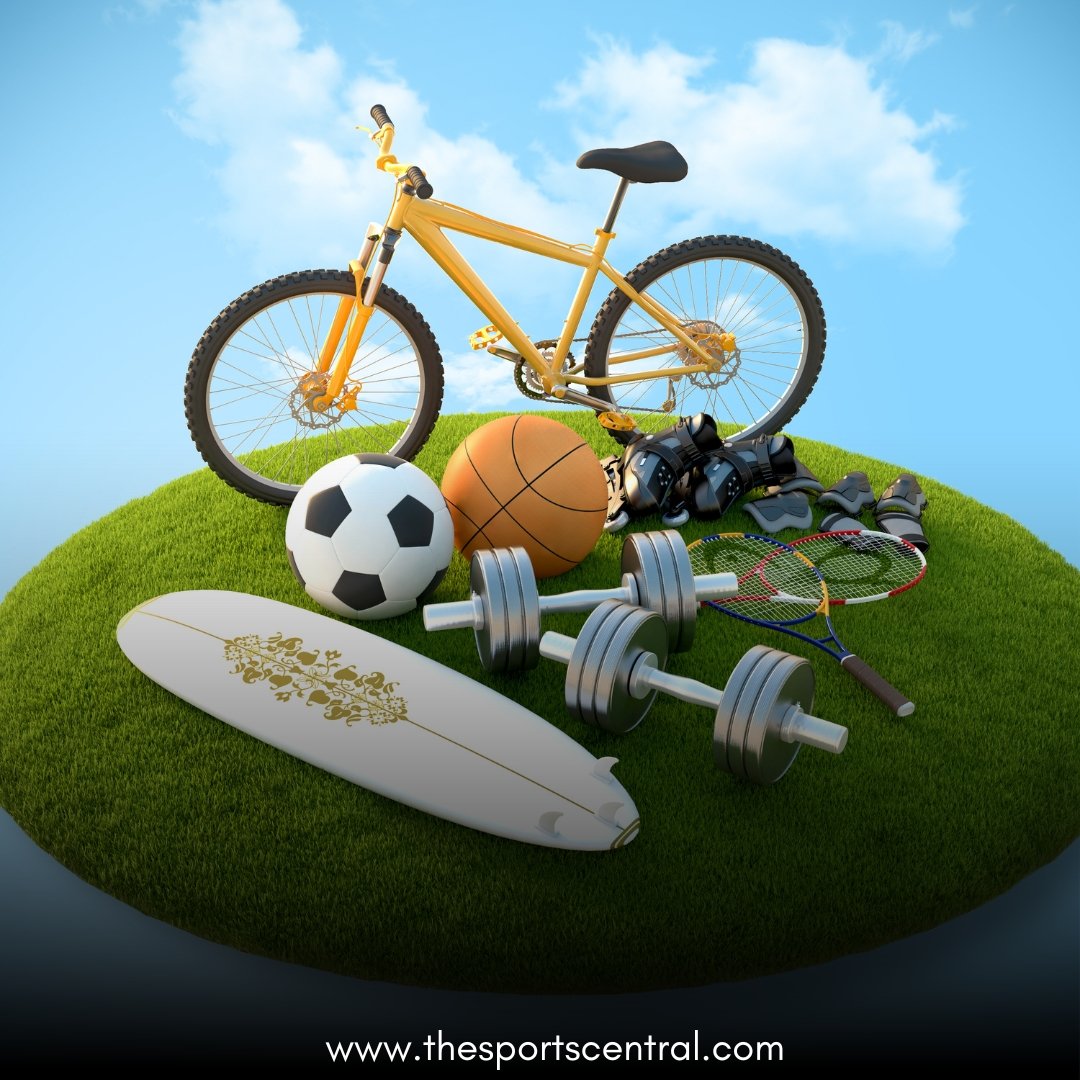Badminton is a dynamic and fast-paced sport that combines speed, agility, and precision. Originating in India and popularized in England, it has become a favorite game worldwide, played both recreationally and competitively. This detailed guide explores the fundamental rules, essential skills, and effective strategies that define the game of badminton.
Rules of Badminton
Court and Equipment
Court Dimensions:
- The court is rectangular and divided into halves by a net.
- Singles: 44 feet long and 17 feet wide.
- Doubles: 44 feet long and 20 feet wide.
Net:
- The net is 5 feet high at the center and 5 feet 1 inch high at the posts.
Shuttlecock:
- The shuttlecock, or birdie, is made of 16 feathers fixed in a cork base covered with leather.
Racket:
- Lightweight rackets, typically made of carbon fiber, are used. Basic Rules
- Scoring:
- A match consists of the best of three games.
- Each game is played to 21 points.
- A point is scored on every serve, regardless of which player serves (rally scoring).
- At 20-all, a player must win by two clear points. At 29-all, the first player to reach 30 wins the game.
- Serving:
- The serve must be delivered diagonally across the court.
- The server and receiver must be inside the service courts without touching the boundary lines.
- The shuttlecock must be hit below the server’s waist height.
- Service Courts:
- In singles, the server stands in their right service court when their score is even and in the left service court when their score is odd.
- In doubles, the serving side changes service courts after scoring a point.
- Faults:
- If the shuttlecock lands outside the boundaries, passes through or under the net, or fails to pass the net.
- If the shuttlecock touches the ceiling or side walls.
- If the shuttlecock touches a player or their clothing.
- Let:
- A let is called when a point needs to be replayed. This can occur if the server serves before the receiver is ready, if the shuttlecock disintegrates, or in cases of outside interference. Essential Skills Grip
- Forehand Grip:
- Hold the racket with your non-playing hand, shake hands with the racket handle, and ensure a V-shape is formed between your thumb and index finger.
- Backhand Grip:
- Rotate the racket in your hand so your thumb is pressed flat on the back of the handle. Strokes
- Clear:
- Forehand Clear: Hit the shuttlecock high and to the back of your opponent’s court.
- Backhand Clear: Use your backhand grip to hit the shuttlecock high to the back of the court.
- Drop Shot:
- Forehand Drop Shot: Hit the shuttlecock softly to make it land near the net on your opponent’s side.
- Backhand Drop Shot: Use a gentle touch to bring the shuttlecock just over the net.
- Smash:
- Hit the shuttlecock downward with power to make it difficult for your opponent to return.
- Drive:
- Hit the shuttlecock flat and fast across the net, aiming for your opponent’s body or sidelines.
- Net Shot:
- Gently push the shuttlecock over the net to make it land close to the net on your opponent’s side. Footwork
- Ready Position:
- Stand with your feet shoulder-width apart, knees slightly bent, and weight on the balls of your feet.
- Lunges:
- Step forward with one foot to reach a shot close to the net, keeping your back leg slightly bent for balance.
- Side Steps:
- Move quickly sideways to reach shots while maintaining your balance and ready position.
- Backward Steps:
- Use quick backward steps to reach high clears or smashes from your opponent. Strategies Singles Strategies
- Control the Rally:
- Keep your opponent moving by hitting shots to all corners of the court.
- Vary Your Shots:
- Mix up your clears, drops, and smashes to keep your opponent guessing.
- Play to Your Strengths:
- Identify your strongest shots and use them to your advantage.
- Exploit Weaknesses:
- Observe your opponent’s weaknesses and aim your shots accordingly. Doubles Strategies
- Communication:
- Constantly communicate with your partner to avoid confusion and ensure effective teamwork.
- Attack Formation:
- One player stays at the net while the other covers the backcourt to create an attacking formation.
- Defensive Formation:
- Both players stand side by side to cover the court defensively.
- Serve and Return:
- Use low serves and aggressive returns to put pressure on your opponents from the start.
- Rotation:
- Rotate positions seamlessly to maintain court coverage and keep your opponents off balance. Advanced Techniques Deception
- Slice:
- Use a slicing motion to change the shuttlecock’s direction at the last moment.
- Double Motion:
- Fake a shot to deceive your opponent before hitting the actual shot. Advanced Footwork
- Shadow Drills:
- Practice footwork patterns without the shuttlecock to improve speed and agility.
- Combination Movements:
- Combine different footwork patterns to handle complex rallies effectively. Mental Strategies
- Focus:
- Maintain concentration throughout the match to anticipate and react quickly.
- Composure:
- Stay calm under pressure and avoid showing frustration or fatigue.
- Visualization:
- Visualize successful shots and strategies before and during the match to boost confidence. Training Tips
- Consistency:
- Regular practice is essential to improve skills and maintain fitness.
- Drills:
- Incorporate various drills to enhance different aspects of your game, such as footwork, stroke accuracy, and reflexes.
- Conditioning:
- Focus on both aerobic and anaerobic conditioning to build stamina and speed.
- Match Play:
- Play practice matches to simulate real-game conditions and develop strategic thinking.
- Coaching:
- Seek guidance from experienced coaches to refine techniques and strategies.
Badminton is a thrilling and strategic sport that demands a blend of physical fitness, technical skills, and tactical acumen. By understanding the rules, mastering essential skills, and applying effective strategies, players can enhance their performance and enjoy the game to its fullest. Whether you are a beginner or an advanced player, continuous practice and learning are key to excelling in badminton.
write your reviews for us at Google reviews.










